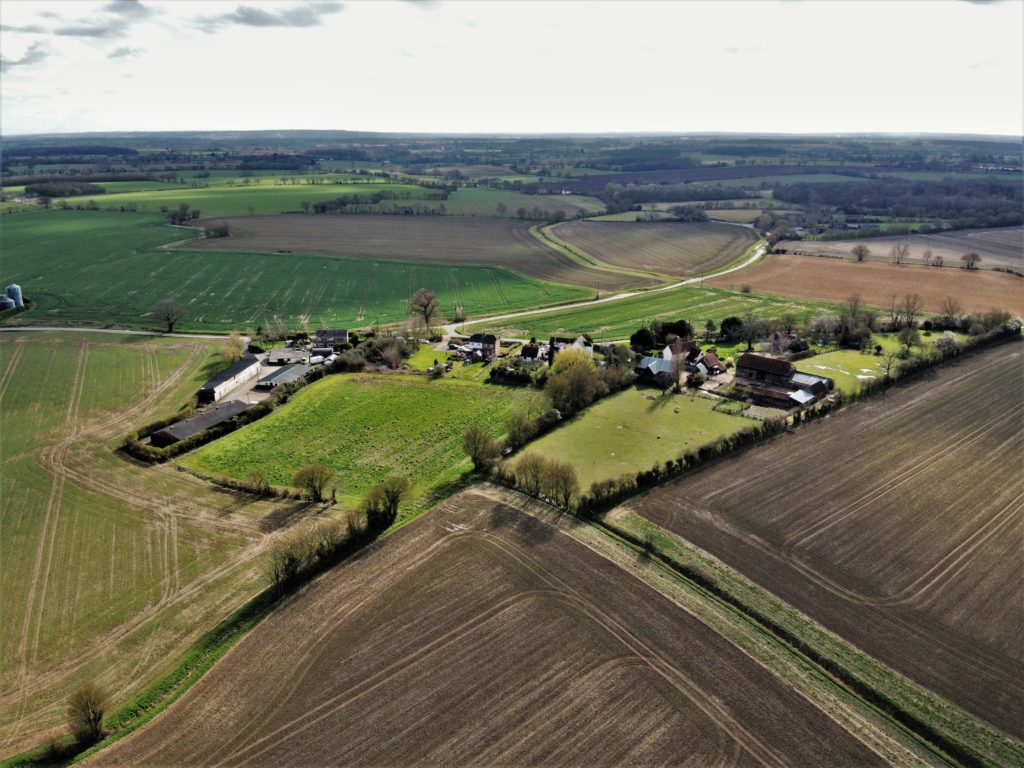
We have been burning wood for hundreds of years, and its only recently its become a “bad thing to do”
Wood burning has been in the media regularly over the past couple of years, particularly in regards to pollution and its impact on the environment. Pollution is a major contributor to climate change, which is becoming an increasing concern, particularly due to a recent report from the UN Intergovernmental Panel on Climate Change (IPCC) warning that we have just 12 years to make a change. Air pollution is also a growing issue across the world, and the negative effect it has on human health has been flagged by the Mayor of London as a public health crisis. This has led to the implantation of the new Ultra Low Emission Zone (ULEZ), which operates 24 hours a day, 7 days a week in the capital.
However, much of the reporting on wood burning’s effect on the planet has been exaggerated, and in some cases, incorrect. In fact, burning wood is a far more environmentally friendly alternative to fossil fuels, such as coal and natural gas. This blog will investigate London’s pollution issue and wood burning stoves, the solution, and what the future looks like for wood burning.
Is wood burning environmentally-friendly?
When it comes to heating your home, burning wood instead of coal or natural gas can have a far lower impact on the environment. The main reason for this is unlike these alternative energy sources, it isn’t a fossil fuel which can never be replaced. Instead, it is considered to be a renewable energy source as the trees used for wood can be replanted.
“If wood is sourced ethically and locally, it is an almost carbon neutral energy source. Although (like fossil fuels) it releases carbon dioxide into the air when burned, wood gives off the same amount whether it is burned or it decays naturally.” – SoHigh Gallery
Here are some other ways that burning wood can be environmentally-friendly:
- By using local wood suppliers, you can lower greenhouse gas emissions from trucks and other transportation vehicles by reducing the distance your firewood needs to travel.
- In the UK, most firewood comes from a sustainable source. This means that for every tree that is cut down, another is planted, and the carbon released by one tree burning is being absorbed by another tree that has been planted.
“It’s also important to note that trees need to be felled regularly to stop the spread of disease, improve safety, and prevent damage to properties. If this ‘waste’ wood is seasoned correctly, it can be used as firewood which cuts down on the need for non-renewable fossil fuels.” – Brigham Plumbing
Paul from Firewood Solutions says: “Burning wood is a more sustainable and more environmentally conscious heating choice because it can be argued that because the fuel will be re-grown, the next crop of trees will negate the carbon that is released into the environment on burning the fuel. Additionally, dry wood is a relatively environmentally clean fuel. It is low in sulphur emissions, and leaves little ash residue when burnt in a conventional wood heater.
“Firewood Solutions Bluegum is harvested from plantation grown forests that were planted with the intention of using the timber. After it is harvested, it can be replanted, making it a renewable energy source. It can be grown again relatively quickly from purpose grown native species forests that provide effective and efficient burn density.”
Should we still be worried about wood burning?
Although burning firewood is more environmentally-friendly than using fossil fuels, concerns have still been raised about the impact it can have on human health as burning wood produces fine particulates called PM2.5. These can penetrate deep into our lungs, pass into the bloodstream, and get embedded in bodily functions. Fortunately, statistics show that for the majority of countries, levels of PM2.5 have declined. In the UK, levels have fallen dramatically since 1970.
We fly aeroplanes and they are far more polluting than Mrs smith burning 4 logs a week.

How you can help reduce pollution levels further
To ensure the decline of PM2.5 continues, there are a number of things you can do to reduce pollution levels when using a wood burner. These include:
- “Using the correct appliance – if you live in a smoke-controlled zone (check this with your local council) you can only burn wood in an approved DEFRA-exempt appliance and not a traditional open-fire. Choose an Ecodesign stove as they are widely available and the most efficient.” – Solid Start Property Solutions
- “Using dry wood – burning dry wood (with no more than 20% moisture) produces less emissions. A 100 to 150mm diameter is best, so use a moisture meter to check this.” – Vectron
- “Managing the temperature – you should try to bring the stove to operating temperature quickly and keep it there, using a stove pipe thermometer as a guide. Additionally, don’t close off the air to “slumber” the fuel for long periods or overnight.” – Bepoz
What is the future of wood burning in the UK?
Wood burning is at no risk of being banned anytime soon. Instead, homeowners are being encouraged to use cleaner, more efficient appliances to reduce pollution levels. In the Clean Air Strategy 2019, the government outlined key actions to reduce emissions in the home as burning wood and fossil fuels in stoves and open fires contribute to the UK’s primary emissions of PM2.5. As part of the strategy for this year, the government pledges to prohibit the sale of the most polluting fuels and ensure only the cleanest stoves will be available to buy from 2022.
In addition to this, both DEFRA (Department for Environment, Food & Rural Affairs) and the Mayor of London, Sadiq Khan, backing the installation of SIA Ecodesign Ready stoves. Ecodesign is the European-wide programme that will reduce emissions in the UK when it comes into effect in 2022. Research has concluded that these Ecodesign Ready stoves can:
- Reduce particulate emissions by 80% compared to an old stove
- Reduce particulate emissions by 90% compared to an open fire
The Mayor of London showed his support for the programme by sponsoring two adverts published in the Evening Standard. These encouraged Londoners to replace their open fire place with a new DEFRA exempt stove that is Ecodesign ready, as well as to burn dry wood.

Although levels of PM2.5 are declining, air pollution is still a concern due its effect on human health, as well as that of the environment. Fortunately, by choosing to burn wood instead of fossil fuels and upgrading to a stove that is Ecodesign ready, you can reduce your environmental impact.
if you have any questions contact ‘The Sweep Guy’

